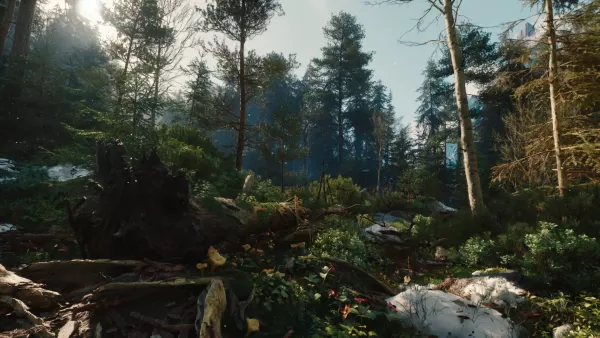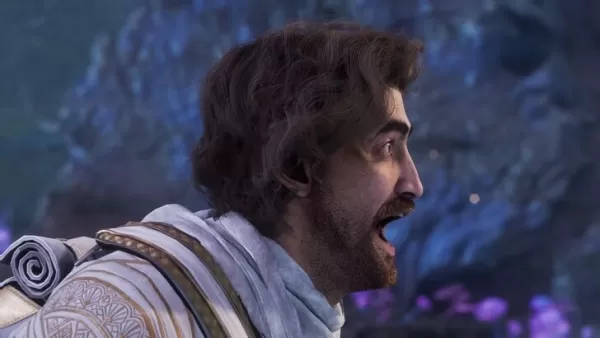Dracula. Frankenstein's monster. The Invisible Man. The Mummy.
And, of course, the Wolfman.
These iconic monsters have evolved and adapted over time, defying singular interpretations while consistently terrifying audiences across generations. Recently, we've seen a new Dracula (in Nosferatu form) from Robert Eggers, Guillermo del Toro is crafting a fresh Frankenstein, and now writer-director Leigh Whannell offers his unique vision of the Wolfman.
But how does a filmmaker like Whannell capture modern audiences' attention with yet another werewolf film, specifically one centered on the Wolfman? More broadly, how do these filmmakers, as Whannell notes, make classic monsters frightening and relatable in the present day?
Prepare your silver bullets, gather your wolfsbane, and sharpen your stakes – and your capacity for interpreting the symbolic depths of monster narratives – because we interviewed Whannell about the impact of classic monster movies on his work, his approach to resurrecting beloved creatures like the Wolfman in 2025, and why you should be excited!








